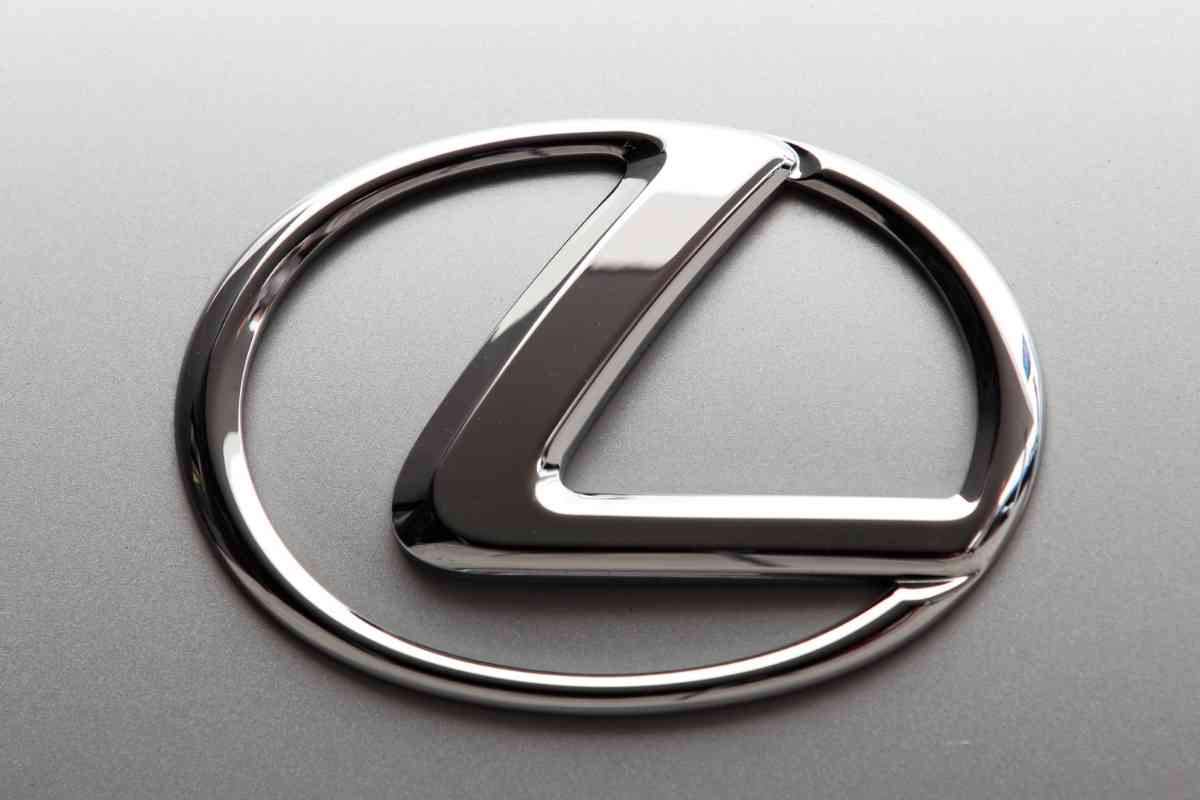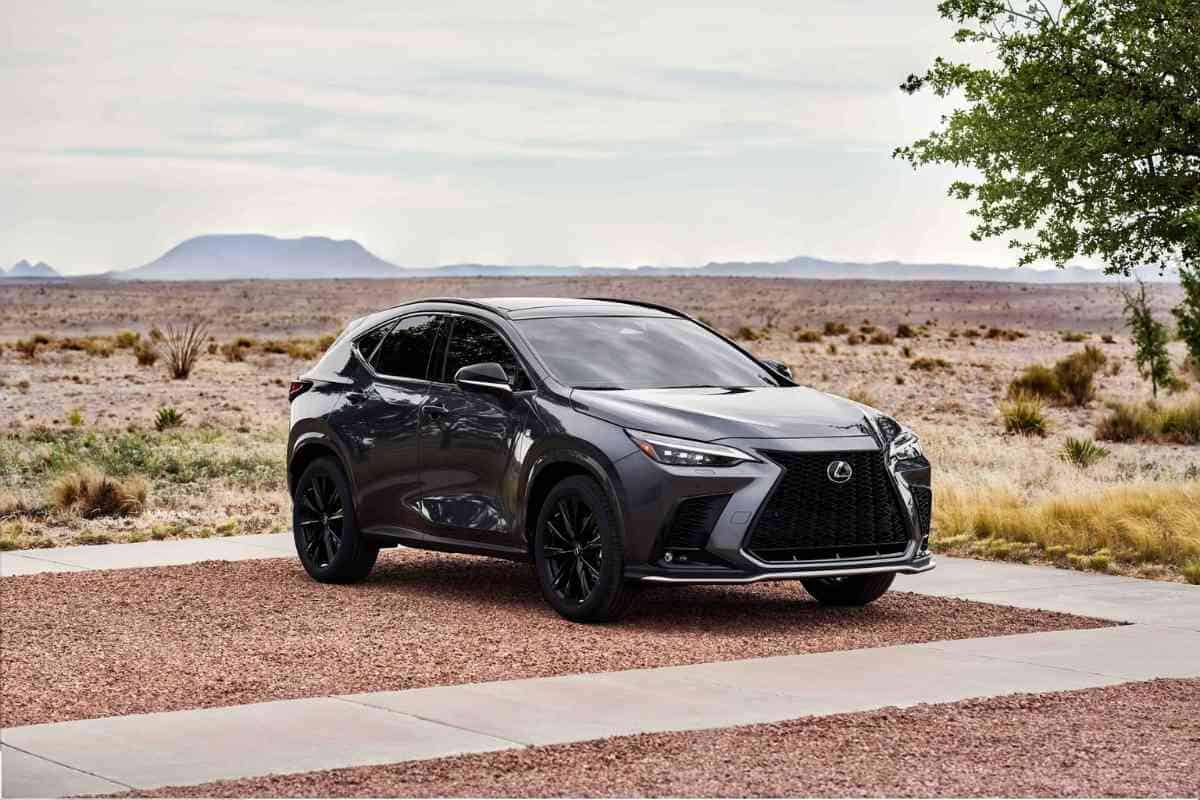Lexus Pre-Collision System: How It Works
The Lexus Pre-Collision System (PCS) is a safety feature that helps drivers avoid or mitigate accidents. It uses sensors and cameras to detect potential collisions and alerts the driver with visual and audible warnings. If the driver doesn’t respond in time, the system can automatically apply the brakes or adjust the steering to avoid or reduce the impact.

Have you ever wondered what distinguishes the Lexus GX 460 and 470 models? Get all the details on the difference between a Lexus GX 460 and 470 in this comprehensive guide.
The PCS is part of the Lexus Safety System+ suite of advanced safety technologies, which also includes Lane Departure Alert, Dynamic Radar Cruise Control, and Automatic High Beams. It’s available on most Lexus models and comes standard on some of the higher trims. The system uses millimeter-wave radar and a monocular camera mounted on the windshield to scan the road ahead and detect obstacles, such as other vehicles, pedestrians, and cyclists.
The PCS works by analyzing the speed, distance, and trajectory of the objects in front of the vehicle and calculating the risk of a collision. If the system determines that a collision is imminent, it first alerts the driver with a warning light and a beep. If the driver doesn’t react, the system can apply the brakes automatically to reduce the speed and avoid the collision or at least lessen the impact. The PCS can also adjust the steering to keep the vehicle in its lane and avoid drifting into another vehicle or obstacle.
Overview of Lexus Pre-Collision System
Lexus Pre-Collision System (PCS) is an advanced safety feature that helps drivers avoid or mitigate collisions with other vehicles, pedestrians, and objects on the road. The system uses a combination of sensors, cameras, and computer algorithms to detect potential hazards and alert the driver or intervene if necessary.
What is the Lexus Pre-Collision System?
The Lexus Pre-Collision System is a safety feature that is available on most Lexus models. It is designed to help drivers avoid or mitigate collisions with other vehicles, pedestrians, and objects on the road. The system uses a combination of sensors, cameras, and computer algorithms to detect potential hazards and alert the driver or intervene if necessary.
How does the Lexus Pre-Collision System work?
The Lexus Pre-Collision System uses a combination of sensors, cameras, and computer algorithms to detect potential hazards and alert the driver or intervene if necessary. The system includes the following components:
- Millimeter-wave radar: This sensor detects the distance and speed of objects in front of the vehicle, including other vehicles, pedestrians, and obstacles.
- Camera: This sensor detects the shape and position of objects in front of the vehicle, including other vehicles, pedestrians, and lane markings.
- ECU: The Electronic Control Unit processes data from the radar and camera sensors to determine if a potential collision is imminent.
If the system detects a potential hazard, it will alert the driver with visual and audible warnings. If the driver does not respond, the system can automatically apply the brakes to help avoid or mitigate a collision. The system can also adjust the seat belts and activate the airbags if a collision is unavoidable.
Features of Lexus Pre-Collision System
The Lexus Pre-Collision System (PCS) is a safety feature that helps drivers avoid or mitigate collisions with other vehicles, pedestrians, and objects. The system uses a combination of sensors, cameras, and radar to detect potential collisions and alert the driver.
If the driver does not respond, the system can automatically apply the brakes or take other actions to avoid or reduce the severity of the collision.
Automatic Emergency Braking
The Automatic Emergency Braking (AEB) feature of the Lexus PCS can automatically apply the brakes if it detects a potential collision with another vehicle or object. The system uses sensors and radar to detect the distance and speed of the vehicle in front of the driver.
If the system determines that a collision is imminent and the driver does not respond, it will apply the brakes to help avoid or reduce the severity of the collision.
Pedestrian Detection
The Pedestrian Detection feature of the Lexus PCS uses cameras and radar to detect pedestrians in front of the vehicle.
If the system detects a pedestrian and determines that a collision is imminent, it will alert the driver and can automatically apply the brakes to help avoid or reduce the severity of the collision.
Lane Departure Alert with Steering Assist
The Lane Departure Alert with Steering Assist feature of the Lexus PCS uses cameras to detect the lane markings on the road.
If the system detects that the vehicle is drifting out of its lane without the turn signal being activated, it will alert the driver and can provide steering assistance to help keep the vehicle in its lane.
Dynamic Radar Cruise Control
The Dynamic Radar Cruise Control feature of the Lexus PCS uses radar to detect the distance and speed of the vehicle in front of the driver.
The system can automatically adjust the vehicle’s speed to maintain a safe distance from the vehicle in front. If the vehicle in front slows down or stops, the system can automatically apply the brakes to maintain a safe distance.
Benefits of Lexus Pre-Collision System
Improved Safety
The Lexus Pre-Collision System is designed to keep drivers and passengers safe by using advanced technology to detect potential collisions and take action to prevent them. The system uses a combination of radar and cameras to monitor the road ahead and detect any potential obstacles or hazards. If the system detects a potential collision, it will alert the driver and take action to prevent or mitigate the impact.
One of the main benefits of the Lexus Pre-Collision System is that it can help prevent accidents before they occur.
By detecting potential collisions and warning the driver, the system can give drivers more time to react and avoid a crash. This can help to reduce the risk of serious injuries or fatalities in the event of an accident.
Reduced Risk of Accidents
Another benefit of the Lexus Pre-Collision System is that it can help to reduce the risk of accidents. By using advanced technology to detect potential hazards and obstacles on the road, the system can help drivers to avoid collisions and stay safe on the road.
The system can also help to reduce the severity of accidents by automatically applying the brakes or adjusting the steering to avoid or mitigate the impact. This can help to reduce the risk of serious injuries or fatalities in the event of an accident.
Enhanced Driving Experience
The Lexus Pre-Collision System can also enhance the overall driving experience by providing drivers with an added layer of safety and security. By using advanced technology to monitor the road ahead and detect potential hazards, the system can help drivers to feel more confident and in control behind the wheel.
The system can also help to reduce driver fatigue and stress by providing warnings and alerts when potential hazards are detected. This can help drivers to stay alert and focused on the road, reducing the risk of accidents and improving overall driving performance.
Limitations of Lexus Pre-Collision System
Not a Substitute for Safe Driving Practices
The Lexus Pre-Collision System is designed to assist drivers, but it is not a substitute for safe driving practices. Drivers should always remain alert and aware of their surroundings, and should never rely solely on the system to avoid accidents.
Dependent on Environmental Factors
The effectiveness of the Lexus Pre-Collision System is dependent on environmental factors such as weather conditions, road conditions, and lighting. In adverse conditions, the system may not be able to detect obstacles or hazards in time to avoid a collision.
May Not Detect All Objects or Hazards
The Lexus Pre-Collision System is designed to detect certain objects and hazards, but it may not detect all objects or hazards. For example, the system may not detect small objects, animals, or pedestrians in certain situations.
While the Lexus Pre-Collision System can be a useful tool for drivers, it is important to understand its limitations and to always practice safe driving habits. Drivers should not rely solely on the system to prevent accidents, and should remain vigilant and aware of their surroundings at all times.

Recommended Lexus Articles
Looking for more information on Lexus vehicles? Check out these other informative articles related to the brand!
If you’re wondering about using premium gas in your Lexus, our article on what happens if you don’t use premium gas in your Lexus has got you covered.
If you’re in the market for a Lexus RX330, be sure to check out our article on what is the best year for the Lexus RX330.
For those interested in the Lexus GX470, our article on what is the best year for the Lexus GX470 provides insights into the different model years.
If you’re looking for information on the Lexus LX, our article on what are the best years for the Lexus LX covers the various model years and their strengths.
For fans of the Lexus RX350, our article on best years for the Lexus RX350 offers insights into the best years to buy.
Finally, if you’re interested in the Lexus NX, our article on what are the best years for the Lexus NX provides information on the best years to buy and why.
Whether you’re considering purchasing a Lexus or are a current owner, these articles will provide you with valuable information to make informed decisions about your vehicle. Keep reading and exploring the world of Lexus with Four Wheel Trends!
